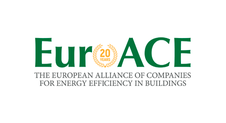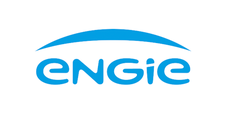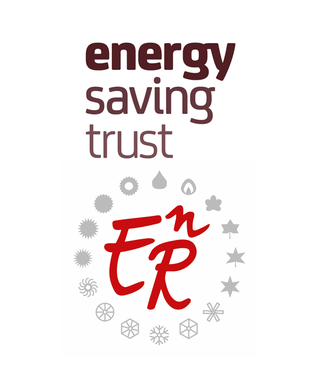Search eceee proceedings
Energy efficiency as a catapult to zero carbon buildings: raising city ambition through the Building Efficiency Accelerator
Panel: 7. Make buildings policies great again
This is a peer-reviewed paper.
Authors:
Debbie Weyl, World Resources Institute, USA
Victoria Burrows, World Green Building Council, United Kingdom
Abstract
The Building Efficiency Accelerator (BEA) partnership works with cities around the world to transform markets for building efficiency. In its first two years the platform learned how to better accelerate local action. Even so, cities will need to make bigger improvements more quickly to meet local, national and global goals for reductions in carbon emissions and energy consumption.
The BEA seeks to enable city building efficiency action at the intersection of policy and private markets. The BEA platform engages 37 cities or subnational governments and over 40 organizational partners. Each city commits to implement at least one building efficiency policy, one demonstration project, and to track their progress.
To increase city ambition and long-term thinking towards a zero emissions future, the BEA partnership is now framing city commitments to include an overall vision of zero carbon buildings (ZCBs) by 2050. This provides a timely rallying message for cities to consider the applicability of ZCBs in their local context, compare notes with those leading the charge, and engage stakeholders to take coordinated action. Through it all, the BEA’s support architecture for building efficiency helps cities take the first and most crucial step towards deep decarbonization: reducing demand. This also comes as the World Green Building Council (WorldGBC) launched the Net Zero Carbon Buildings Commitment in 2018 to drive ambition of local governments and businesses toward ZCBs at scale.
ZCBs are not often presented as a near-term possibility in smaller developing country cities where rapid urbanization will lead to immense growth in the next 30 years. Without significant changes, new construction in these cities has the potential to lock in inefficient design strategies that will require new buildings built today to undergo major renovations in the future to reduce emissions and improve adaptability. The BEA plans to help primarily these high-growth medium-sized cities in developing countries understand their near-term feasible pathways to ZCBs.
Some considerations for increasing city action on zero carbon buildings include:
1. Energy efficiency is a critical first step: Addressing energy efficiency increases the feasibility of achieving zero carbon by reducing the amount of renewable energy needed to meet remaining energy demand.
2. Boundary definitions can impact feasibility: Expanding boundaries beyond an individual building can include considering off-site measures, embodied carbon, district or portfolio approaches, or interactions with additional urban infrastructure.
3. Education about the feasibility of ZCBs is needed: increased awareness of ZCBs and how to achieve them results in broader understanding that they are possible in most contexts, or even already exist today.
Downloads
Download this paper as pdf: 7-321-19_Weyl.pdf
Download this presentation as pdf: 7-321-19_Weyl_Presentation.pdf
Panels of
1. The dynamics of limiting (energy) consumption
2. What's next in energy policy?
4. Monitoring and evaluation for greater impact
5. Smart and sustainable communities
7. Make buildings policies great again
8. Buildings: technologies and systems beyond energy efficiency
9. Improving energy efficiency in ICT, appliances and products

























